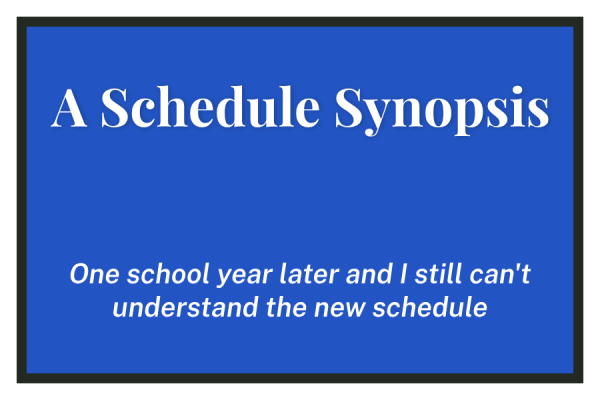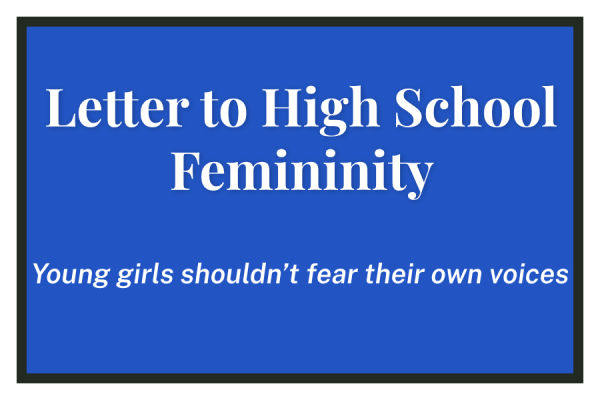Head to Head: Should the Long Lost Committee Make a Comeback?
Yes, the Committee of Four Should Return
Editor’s Note: This piece is one-half of a head-to-head. The sister-article which argues in opposition can be found here.
When a student disciplinary situation arises at Parker, the case-by-case system never seems to fail in providing some proper controversy. During these times, the hallways buzz with conflict while Parker’s decision makers meet and try to create a fair punishment but, many years ago these separate debates would become one in what used to be “The Committee of Four.”
The history of student involvement in their own disciplinary process dates back to 1911, when a group of students published the “Courtesy Code.” This addressed the expectations and consequences of student conduct at Parker. By 1923, “The Committee of Four” began holding regular meetings. At this time, there were 12 members (the “four” never referred to how many people were in the committee, it referred to the four grades in high school). Those members discussed and drafted exclusively legislative topics. It wasn’t until later when the committee’s purpose involved in what it is now remembered for—having fellow students involved their peers’ disciplinary processes.
The group was utilized to decide disciplinary actions for unique and complicated situations that are not covered in the Student Handbook or the “Courtesy Code”. During the time of existence, there were nine members: one student representative per grade, the four grade heads, and the head of the upper school. Together they would vote on a way to discipline students for what their unique case called for.
But the question is, should it be brought back? Yes.
One of the most important aspects to understand about this team is the fact that the number of adults outweighs the number of students. So, while the students are given the platform to speak their mind and have a role in the process, they alone can not ultimately overrule the decisions and create absurd punishments for their peers.
It is understandable that there is an inevitable bias when involving students in other students’ disciplinary futures. It is always possible the situation could involve or be the friend of a committee member.
However, former Committee of Four Chair Jeanne Barr did not observe students’ acting with a bias. “You would think some students would become unreliable and blindly defend their friends during meetings,” Barr said, “but from what I saw, they were actually very responsible in the group setting.”
It is also important to remember the purpose of this committee. These students are not meant, nor do they have the power, to make any solo decisions in the process. The purpose is more of an intermediary step in making those decisions. Taking into consideration the opinions and information our students have to offer makes sense for anyone investigating a situation. Student input is a pillar of the “embryonic democracy” our mission statement praises so much, so why not use it in a situation when the information is actually useful?
Parker only has 360 high school students. Inevitably, a lot of these high schoolers are aware issues when they arise, meaning a discussion group wouldn’t be further spreading information. Also, because the students do, for the most part, know what is going on in each others’ lives, their opinion and other information on their colleagues is valuable. Not only is a discussion on the current issue important to hold, but the discussion on how the student has acted previously to their incident is a crucial thing to look at.
Let’s take a look at the Parker mission. It tells us “responsibility is the great word.” Responsibility not only means considering your own actions and how they affect the community, but considering the actions of those around you. The mission begs us to hold each other accountable in order to create the community we want to be in. In Parker’s progressive mindset, we teach that not only teachers have the power in creating positive expectations for our school. We instill in our students the idea that student involvement is crucial in the vitality of our “home,” so why don’t we practice what we preach?
In conclusion, no matter how involved the administration says they are, there is no one more affected by an issue at Parker than the students themselves, and this is why it is not only harmless but crucial to hold conversations with them. While the decision makers are well-educated professionals, a little help from willing students could not hinder the process if approached in a thoughtful way.

Ava Ori is a junior and a Photographer and is so excited to take pictures for "The Weekly" this year. She has been a staff writer in previous years, and enjoys playing Monopoly in her free time.











